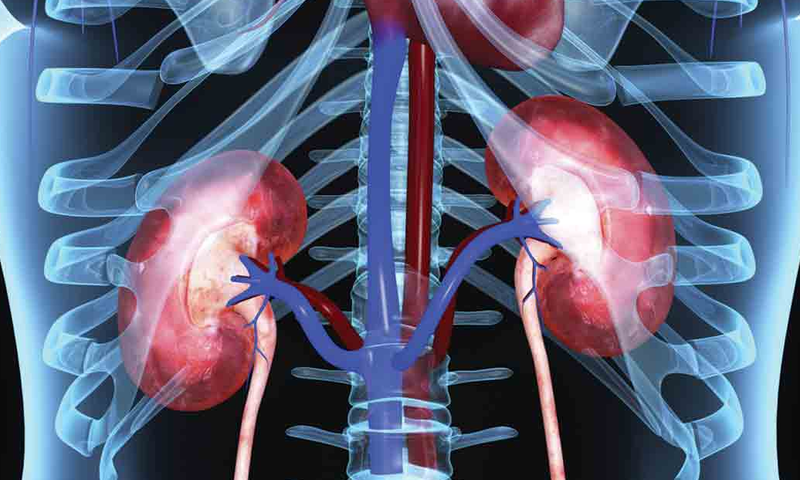Maybe the third time’s the charm? Regulus Therapeutics is once again shuffling its pipeline and sliding a new kidney disease candidate into the high-priority queue, hoping for better fortunes after a string of failures and shifting priorities.
The San Diego-based biotech announced that RGLS8429 will become its new kidney disease candidate, replacing the similarly named RGLS4326 in autosomal dominant polycystic kidney disease. ADPKD is a progressive genetic disorder in which cysts grow in the kidneys and can eventually lead to kidney failure and kidney disease.
Already a penny stock, Regulus’ shares took a further dive Wednesday morning, dropping 32% to 51 cents as of 10:40 a.m. ET.
Regulus decided to shelve the first generation candidate after a phase 1b study turned up doubts about durability and potential dose limitations were discovered. In discussions with the FDA, Regulus was told they would have to move forward with significantly lower dosing than anticipated, according to an Oct. 12 statement.
Regulus CEO Jay Hagan told investors in an after-market call that RGLS4326 did not show the desired impact on levels of the proteins polycystin 1 and 2, which are known biomarkers of the disease that suggest abnormal kidney function, in the second cohort of patients at the lower dose. The therapy also caused some “off-target CNS effects” at the higher doses tested in preclinical studies, meaning side effects in the central nervous system.
“We believe RGLS8429 has demonstrated a superior profile,” Hagan said in a conference call Tuesday.
The next-generation treatment has shown clear improvements in kidney function, size and other measures of disease severity in preclinical trials, Regulus said.
With the first-generation treatment abandoned, Regulus will have “several million dollars” to shift to the new priority program, Hagan said.
Initiation of a phase 1 study for the next generation treatment is expected in the second quarter of 2022. Regulus recently completed the dosing period of pre-clinical studies that will determine toxicity and potentially enable an application to the FDA for human testing. That investigational new drug application is expected to be submitted to the FDA for clearance also in the second quarter of 2022.
The move follows a series of blows to Regulus’ pipeline over the past few years, including the discontinuation of the hepatitis C treatment RG-101 following a clinical hold from the FDA. The biotech also saw AstraZeneca hand back rights to a nonalcoholic steatohepatitis candidate in June 2017, just as its CEO left and staff was cut. Another candidate for cholestatic disease was also cut.
So pipeline shuffles are a well-known tactic taken by Regulus to try and turn the ship around. Perhaps the next generation candidate will find some steam in the clinic, but ADPKD has proven to be a tough space for drug development even for the Big Pharmas. Sanofi halted a clinical program for venglustat in this disease after a failed study earlier this year.
Regulus targets microRNAs to address a range of diseases, including inflammatory disease, fibrosis, metabolic disease and cancer. MicroRNA therapeutics are oligonucleotides that modulate microRNA functions, correcting gene expression imbalances and associated pathways.

